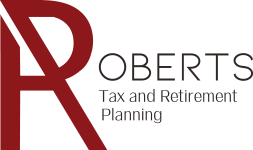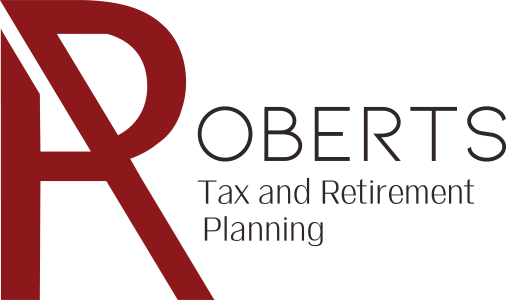Timing is everything, and that’s especially true with taxes. If you’re trying to maximize your tax savings, try these three strategies:
Max out your IRA at the beginning of the year instead of April of the following year.
If you’ve clicked on a retirement advice article, you’ve probably seen quite a few paragraphs about investing early to capitalize on compound interest. The sooner you start making contributions to your retirement account, the better. This is because not only do the contributions grow based on your investments, but the earnings from previous years do, too.
But this isn’t just a macro investment strategy. Investing earlier in the year is better than investing at the end of the year so you can get that $6,000 working as soon as possible. If your go-to strategy has been waiting until tax season, start pushing it to earlier in the applicable year or making steady paychecks from each paycheck.
File (and estimate) before you pay.
If you’re feeling the time crunch of the April 15th deadline, prioritize filing over paying. The penalty for late filing is much higher than that for not paying on time.
But it’s also better to ‘file’ at regular intervals over the year. Estimate what your income taxes will be once a quarter, especially if your income changes every season or (especially) changes from year to year. A quick simulation lets you know if you’re on schedule or if you need to start saving more money for taxes.
Split up expenses or money movement that has a cap.
Lots of tax exclusions have a cap so people can’t take advantage of the rules. IRAs have a contribution cap of $6,000 a year. Tax-free gifts cap out at $15,000. Even some tax breaks for qualifying medical expenses or education costs have a cap. If you can, break up the payments or money transfers so you pay each part in different calendar years.
Timing strategies can be tricky, and it’s easy to accidentally break a rule. Go over your plan with a tax accountant from Roberts Tax and Retirement Planning to make sure you’re on the right track.








